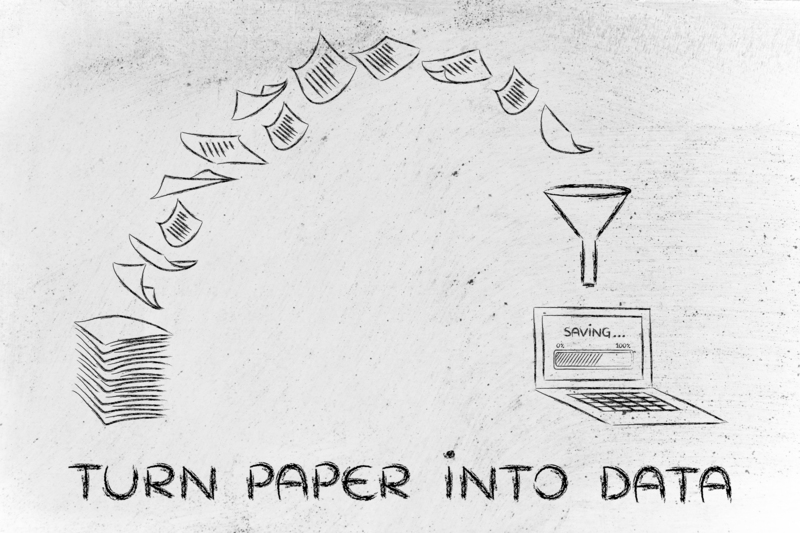Past Waste Management Practices
Posted on 12/09/2025
Waste management is a critical issue that has evolved significantly over the centuries. Understanding the past practices of waste management can help us learn from previous mistakes and improve modern methods. This article will delve deep into the history of waste management, focusing on the techniques used, their effectiveness, and the environmental impacts they had. We will also explore the pros and cons of those practices, provide some tips for better waste management, outline key takeaways, and conclude with a summary.

Early Practices: Pre-Industrial Revolution
In ancient civilizations, waste disposal was rudimentary and localized. People typically buried their waste or disposed of it in water bodies. For instance, the Indus Valley Civilization (around 3000 BCE) had relatively advanced waste disposal systems involving covered drains. However, most other ancient cultures lacked sophisticated methods.
- Pros: Simple and cost-effective.
- Cons: High risk of water contamination and spread of diseases.
Medieval Waste Management
The Middle Ages saw little improvement in waste management. People often threw garbage onto the streets or into rivers. Human and animal wastes were also managed poorly, leading to severe public health problems. For example, London's Great Stink of 1858 was partially due to the accumulation of untreated human waste in the River Thames.
- Pros: Minimal infrastructure costs.
- Cons: Severe health hazards, environmental degradation, and foul living conditions.
Industrial Revolution: A Turning Point
The Industrial Revolution marked a significant shift in waste management practices, driven by rapid urbanization and industrialization. Cities became overcrowded, and the sheer volume of waste necessitated more organized methods. This era saw the introduction of sewers and landfill sites, along with the advent of mass-produced consumer goods, which increased types and quantities of waste.
- Pros: Improved public health, reduction in infectious diseases.
- Cons: Greater environmental impact due to landfills and increased waste generation.
20th Century: Technological Innovations
The 20th century brought greater technological advancements, such as the development of incineration, recycling, and improved landfill methods. This period also saw the rise of environmental awareness, leading to various waste management regulations and policies.
- Pros: Reduced land usage for waste, improved recycling rates, better public health.
- Cons: Pollution from incinerators, high costs of advanced technologies, incomplete recycling processes.
21st Century: Sustainable and Integrated Approaches
Today, waste management is more focused on sustainability and the integration of various methods. We emphasize the "3 Rs": Reduce, Reuse, and Recycle. Waste-to-energy technologies and zero-waste movements are becoming more popular, reflecting a comprehensive approach to waste management.
- Pros: Lower environmental impact, efficient use of resources, reduced landfill use.
- Cons: Implementation costs, complexity of systems, varying effectiveness.
Pros and Cons of Past Practices
Pros:
1. Simplicity: Early methods were straightforward and easy to implement.
2. Cost-Effective: Minimal infrastructure investment initially.
3. Public Health Improvements: Certain advancements (e.g., sewer systems) significantly improved public health.
Cons:
1. Environmental Impact: Early methods often led to severe pollution and habitat destruction.
2. Health Hazards: Poor waste management practices led to the spread of diseases.
3. Inefficiency: Many past practices were not sustainable and could not handle the increasing waste volumes.
Tips for Effective Waste Management
1. Adopt the 3 Rs: Focus on reducing waste, reusing materials, and recycling.
2. Educate and Inform: Public awareness and education are crucial for effective waste management.
3. Use Technology: Incorporate advanced technologies like waste-to-energy incinerators and automated recycling plants.
4. Regulate and Monitor: Implement strict waste management laws and regular monitoring to ensure compliance.
5. Community Involvement: Encourage community participation in waste cleanup and management projects.
6. Incentivize Sustainable Practices: Offer incentives for recycling and reducing waste.

Key Takeaways
1. Early waste management was rudimentary and often led to severe environmental and health issues.
2. Technological advancements and urbanization during the Industrial Revolution necessitated more organized waste management practices.
3. The 20th century brought improved methods, though they still had environmental costs.
4. Today's focus is on sustainability, integrating various methods to minimize waste and its impacts.
Conclusion
Understanding past waste management practices provides valuable insights into how we can improve current and future strategies. While early methods were simple yet hazardous, modern approaches are more sophisticated but come with their own set of challenges. By learning from the past and harnessing technological advancements, we can aim for more efficient and sustainable waste management solutions. The ultimate goal should be to create a system that minimizes environmental impact while effectively managing the ever-growing volume of waste that modern society generates.



